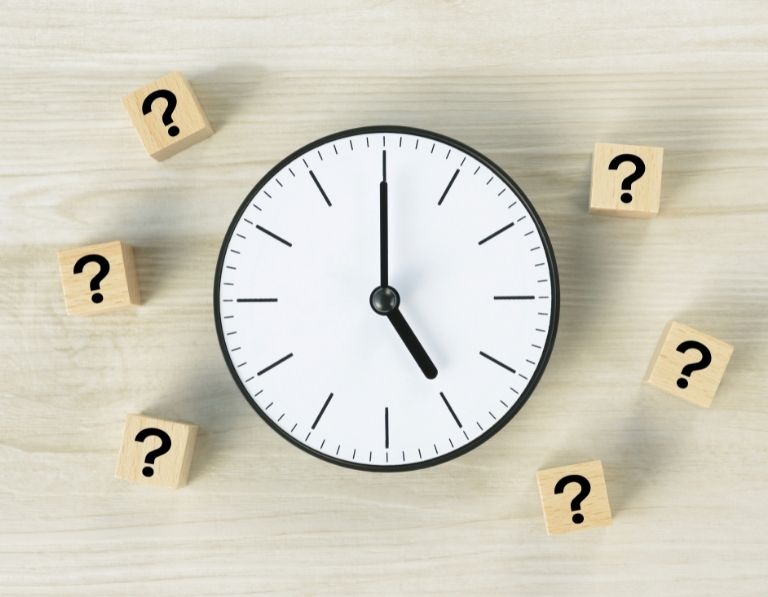Methods for teaching your young children about money
Tips for teaching kids about money early
You probably already understand how important it is to raise financially literate children if you are serious about your role as a parent. Moreover, you probably know that you will need to find or carve out time. Talk to them about it before they are old enough to be alone.
Here are some tips on how to explain the concept of money to young children and teach them how to manage their money effectively.
1. Start with basic currency literacy.
According to a Yale University study, children can recognize and recall coins by the age of 3. They will already know, since they have witnessed it with their parents. This can happen when they buy clothes, toys, or eat at a restaurant. Because their language, memory and social abilities are rapidly developing. This is a great time to start teaching fundamental financial concepts to kids.
• Books, games, and imaginative play can help attract money.
• Get a piggy bank to show how money grows.
• Teach your child the differences between different coins and banknotes.
• Work on money counting and math skills, such as calculating the value of four dollar quarters.
• Talk about money and how they would use it in the right situation. It’s like going to the bank or grocery shopping.
• You can teach your children about foreign exchange during the holidays. This will encourage them to learn about the countries you visit.
2. Create banks for money.
Money jars are a fun and easy way to teach your child how to handle money. Make money jars for them and teach them how to save and spend. Set a goal for them to save on something. Make sure they need to be available to see the benefit of saving on what they really want. As money is added to their account, help them count it so they can see their progress.
• There are 3 types of money banks. The basics of understanding how to use money are revealed in banks for spending, saving and giving.
• Teach your kids how to use 3 jars and why they are important.
• After birthday gifts or benefits, use jars to sort money. Then the children will know how to save money for the future.
• Donate to charity using a jar. Children learn how to give and use their money to help others. For example, they can donate money to animal shelters or food banks in their community.
3. Use coupons.
Coupons can teach valuable savings lessons. Coupons are a great way to start a budgeting lesson. Explain how using coupons helps you stay within your food budget. Also, how can it be used to save money on something else.
Coupons with kids are a great way to teach them how to handle money. This could be another way to teach them arithmetic and strategic skills.
• Cut out coupons with your children and make them responsible for handling them in the store.
• Find products in your store’s brochure and calculate the total cost of the product after applying the coupon. This can be a good way for kids to test their math skills.
• Children as young as 5 may benefit from learning how to use store coupons.
• They learn how to save money and make smarter buying decisions.







